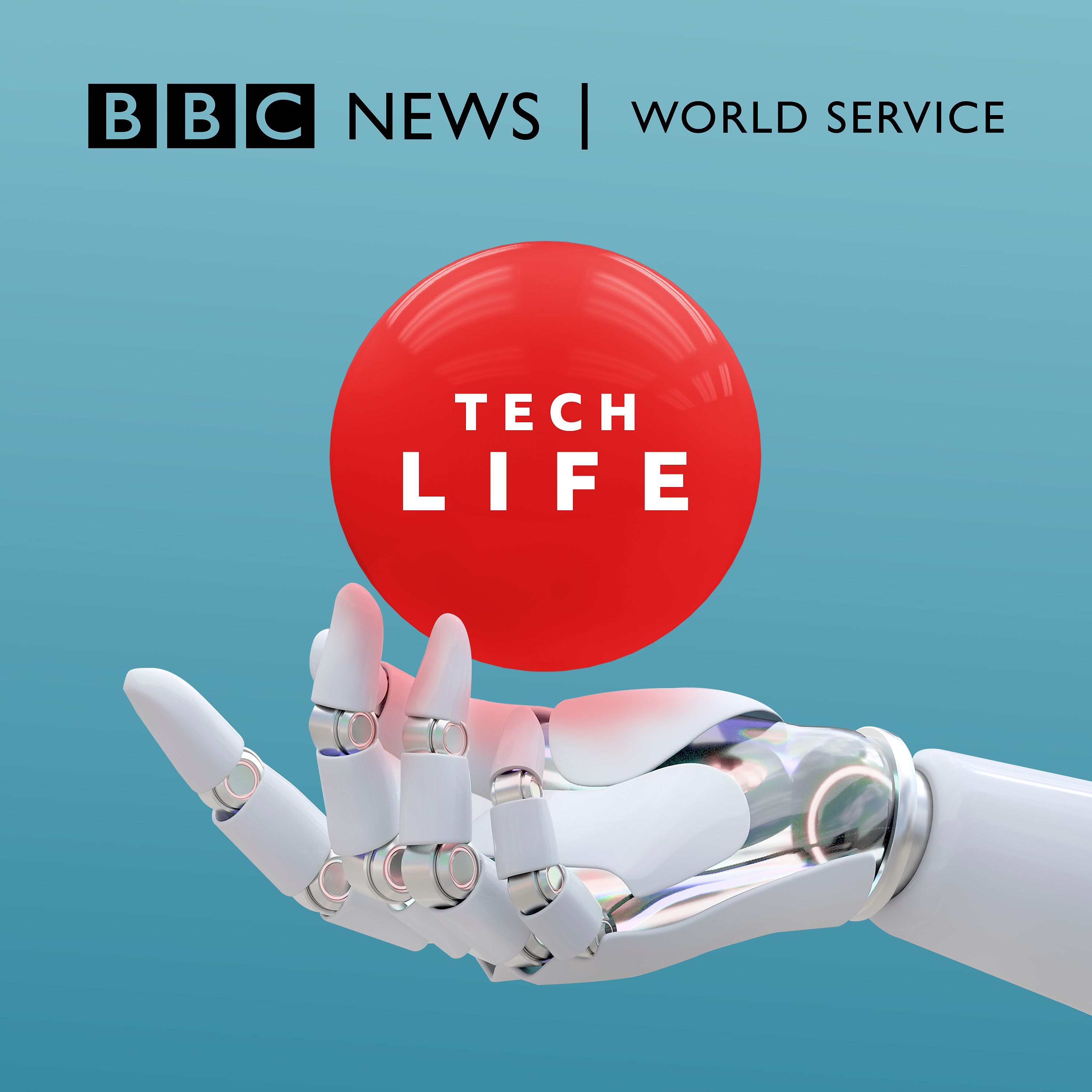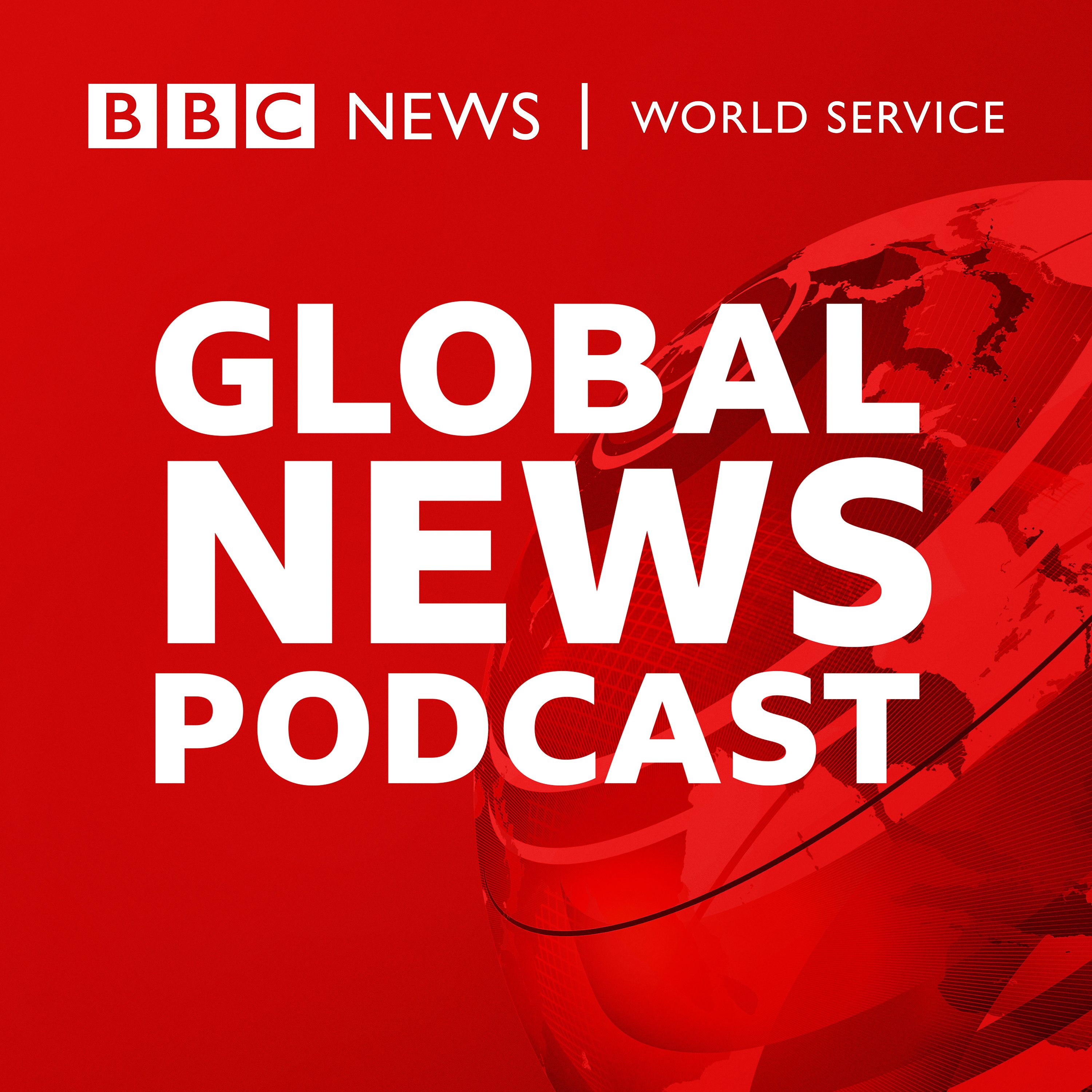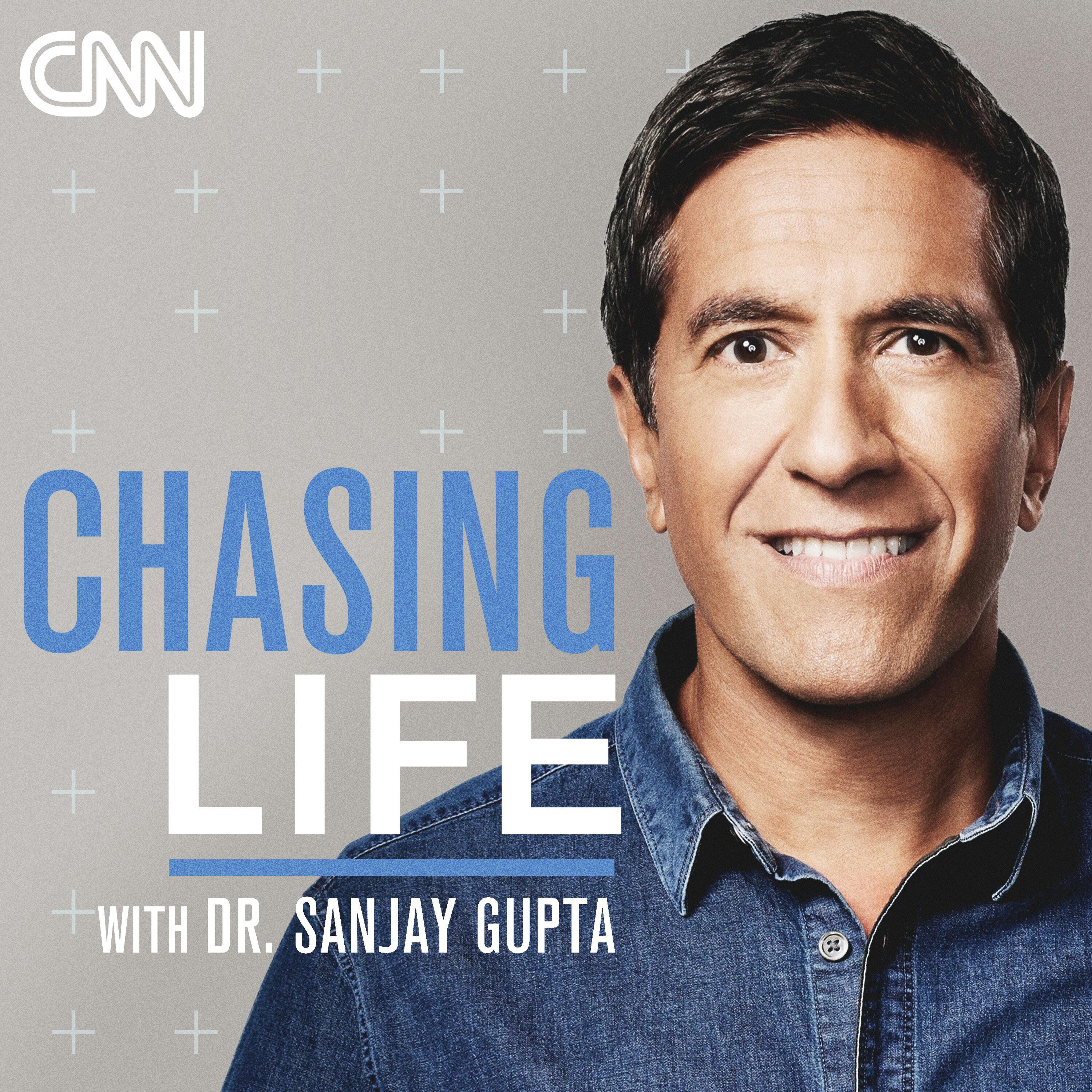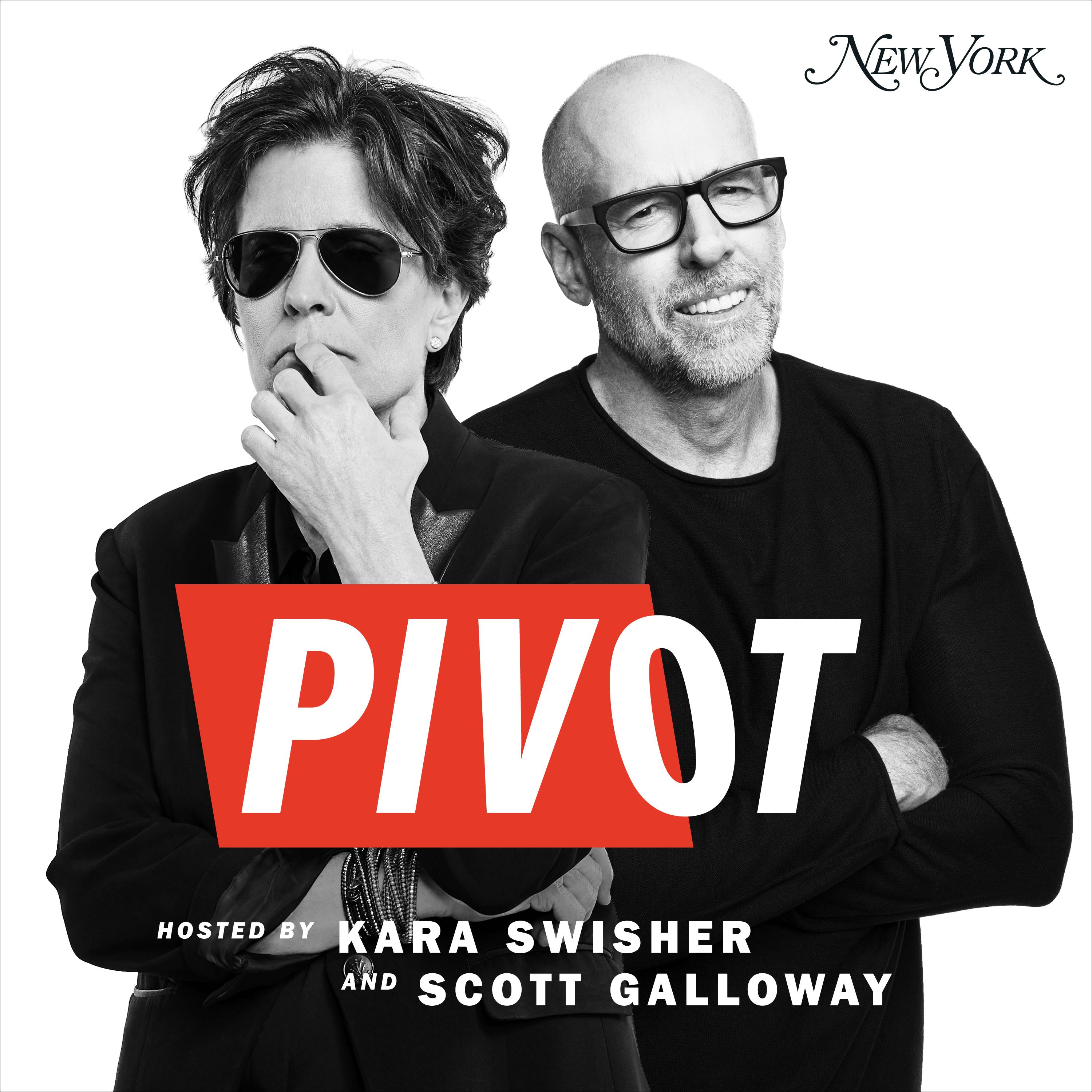
That's Life, I Swear
Every Wednesday, join Rick Barron as he unravels the intricate threads of life's most captivating stories. From heart-pounding political dramas to the awe-inspiring challenges of climate change, he explores the topics that shape our world and define our era.
But this isn't just another talk show. Rick delves deep into the human psyche, examining our beliefs, behaviors, and the obstacles we overcome. He celebrates our triumphs and embraces our imperfections, uncovering the profound lessons hidden in everyday experiences.
The episodes are a journey of self-discovery as he shares stories that mirror our collective identity. These tales aren't just entertaining – they're a reflection of who we are, who we were, and who we aspire to be. They carry the weight of our ancestral legacy, the fire of our dreams, and the depths of our pain.
With each episode, you'll confront your deepest anxieties about yourself, your place in the world, and the future that awaits us all. In understanding these complexities, you'll find inspiration, connection, and perhaps even transformation.
"That's Life, I Swear" isn't just a podcast – it's a weekly rendezvous with the extraordinary nature of ordinary life. Subscribe now, wherever you get your podcasts, and join Rick on this unforgettable exploration of the human experience. After all, that's life, I swear.
That's Life, I Swear
It's The Little Things: Sipping Plastics - Micro Threats in Every Drop
Text us your thoughts on the podcast
A new scientific study shows when you’re drinking bottled water, you’re swallowing microscopic pieces of plastic or what’s called nanoplastics.
supporting links
1. Visualizing the Relative Size of Particles [Visual Capitalist]
2. Thousands of nanoplastic bits in bottles of drinking water [LA Times]
3. Nanoplastics and Human Health [NIH]
4. Bottled water contains thousands of nanoplastics [CNN/Health]
Contact That's Life, I Swear
- Visit my website: https://www.thatslifeiswear.com
- Tweet us at @RedPhantom
- Email us at https://www.thatslifeiswear.com/contact/
- If you like to leave a review for an episode, please submit on Apple Podcast or on my website
- Do you have topics of interest you'd like to hear for future podcasts? If so, please email us at: https://www.thatslifeiswear.com/contact/
Listen to podcast audios
- Apple https://apple.co/3MAFxhb
- Spotify https://spoti.fi/3xCzww4
- My Website: https://bit.ly/39CE9MB
Other
- Music and/or Sound Effects are courtesy of Pixabay
Thank you for following the That's Life I Swear podcast!!
⏱️ 8 min read
Today we dive into a shocking truth about your bottled water. A new scientific study has exposed the microscopic secrets lurking within every sip. Brace yourselves, because what you thought was pure refreshment might be concealing something far more insidious.
Welcome to That's Life, I Swear. This podcast is about life's happenings in this world that conjure up such words as intriguing, frightening, life-changing, inspiring, and more. I'm Rick Barron your host.
There’s a saying: ‘It’s the little things that matter’
Occasionally, I stumble upon captivating news snippets, charming anecdotes, or lesser-known historical gems as I dive into my research for upcoming episodes. Despite their brevity, these nuggets of information convey meaningful messages about life.
I strongly believe in the significance of appreciating the small things, and I'm excited to periodically share these brief segments with you. My hope is that you'll glean something valuable from each episode, no matter how modest it may be.
That said, here's the rest of this story
The act of consuming a liter of bottled water entails the inadvertent ingestion of an astounding number of minuscule plastic fragments, a discovery made by scientists that may hold profound ramifications for human well-being.
A recently published paper in the Proceedings of the National Academy of Sciences, dated January 2024, divulged the existence of approximately 240,000 particles in the average liter of bottled water. The majority of these particles were identified as "nanoplastics," measuring less than a micrometer, which is less than one-seventieth the width of a human hair.
In recent years, the scientific community has been actively exploring the realm of "microplastics," plastic pieces spanning from one micrometer to half a centimeter in length. These minute shards of plastic have been discovered in diverse environments, from the deepest recesses of the ocean to the frigid expanses of Antarctic Sea ice and even within the human placenta.
These particles emanate from laundry machines, seep into soils, and infiltrate wildlife. Microplastics permeate the food we consume and the water we drink.
Researchers at Columbia University have now derived into the potential threat posed by nanoplastics. Wei Min, a chemistry professor at Columbia and one of the authors of the groundbreaking paper, stated, "Whatever microplastic is doing to human health, I will say nanoplastics are going to be more dangerous."
Microplastics have also been detected in tap water, albeit in smaller quantities. Sherri Mason, a professor and director of sustainability at Penn State Behrend in Erie, Pa., draws an intriguing analogy, likening plastic materials to skin that continually sheds pieces into water, food, or any substance they encounter.
The conventional methods employed for detecting microplastics encounter challenges when applied to even smaller particles. However, Min's innovative approach, involving the use of dual lasers aimed at a sample to observe molecular resonance, enabled the identification of seven types of plastic molecules in a sample of three types of bottled water. Naixin Qian, a PhD student in chemistry at Columbia and the primary author of the study, noted the groundbreaking nature of their methodology.
While other techniques have previously identified nanoplastics, the Columbia study provides a precise quantification that was previously lacking. Sherri Mason, who was not directly involved in the research but was among the pioneers in identifying plastics in bottled water, applauds the study for unveiling the extensive prevalence of nanoplastics and serving as a foundational point for evaluating their health implications. She emphasizes the misconception that visible plastics are the primary concern, whereas it is the invisible plastics that should evoke the greatest concern.
The research identified fragments of PET (polyethylene terephthalate), the material commonly used in plastic water bottles, and polyamide, a plastic type found in water filters. The researchers hypothesize that plastic infiltrates the water both from the bottle and during the filtration process.
The potential dangers of tiny plastics to human health remain uncertain. In a comprehensive review published by the World Health Organization in 2019, there was an acknowledgment of insufficient conclusive evidence linking microplastics in water to human health, accompanied by a pressing call for additional research.
In theory, nanoplastics, being small enough to infiltrate a person's blood, liver, and brain, pose a potentially greater risk than microplastics. The latest research indicates that 90 percent of the plastic particles in the sample were nanoplastics, while only 10 percent were larger microplastics.
Establishing a clear connection between microplastics and human health complications is intricate due to the vast array of plastic types and over 10,000 chemicals used in their manufacturing. Despite this complexity, Sherri Mason urges policymakers and the public to anticipate the potential serious effects of tiny plastics present in the air, water, and clothing.
Despite ongoing marketing efforts persuading people that bottled water is superior, Mason warns against the hidden reality of what is being consumed in addition to pure H2O. The revelations about invisible plastics in bottled water prompt a sobering realization about the broader impact of microscopic plastic pollution in our daily lives.
As discussions around plastic pollution intensify, the urgency for informed policymaking and public awareness becomes increasingly apparent, highlighting the imperative need for further research into the potential health risks associated with nanoplastics.
What can we learn from this story? What's the takeaway?
The revelation that people may be ingesting hundreds of thousands of microscopic pieces of plastic when drinking bottled water highlights, a concerning aspect of plastic pollution and its potential impact on human health.
In summary, the revelation about microplastic contamination in bottled water serves as a wake-up call, highlighting the broader issue of plastic pollution and its potential impact on human health. It emphasizes the importance of adopting sustainable practices, raising awareness, and taking proactive steps to address the root causes of plastic pollution.
Well, there you go, my friends; that's life, I swear
For further information regarding the material covered in this episode, I invite you to visit my website, which you can find on either Apple Podcasts/iTunes, for show notes calling out key pieces of content mentioned and the episode transcript.
As always, I thank you for listening and your interest.
Be sure to subscribe here or wherever you get your podcast so you don't miss an episode. See you soon.























